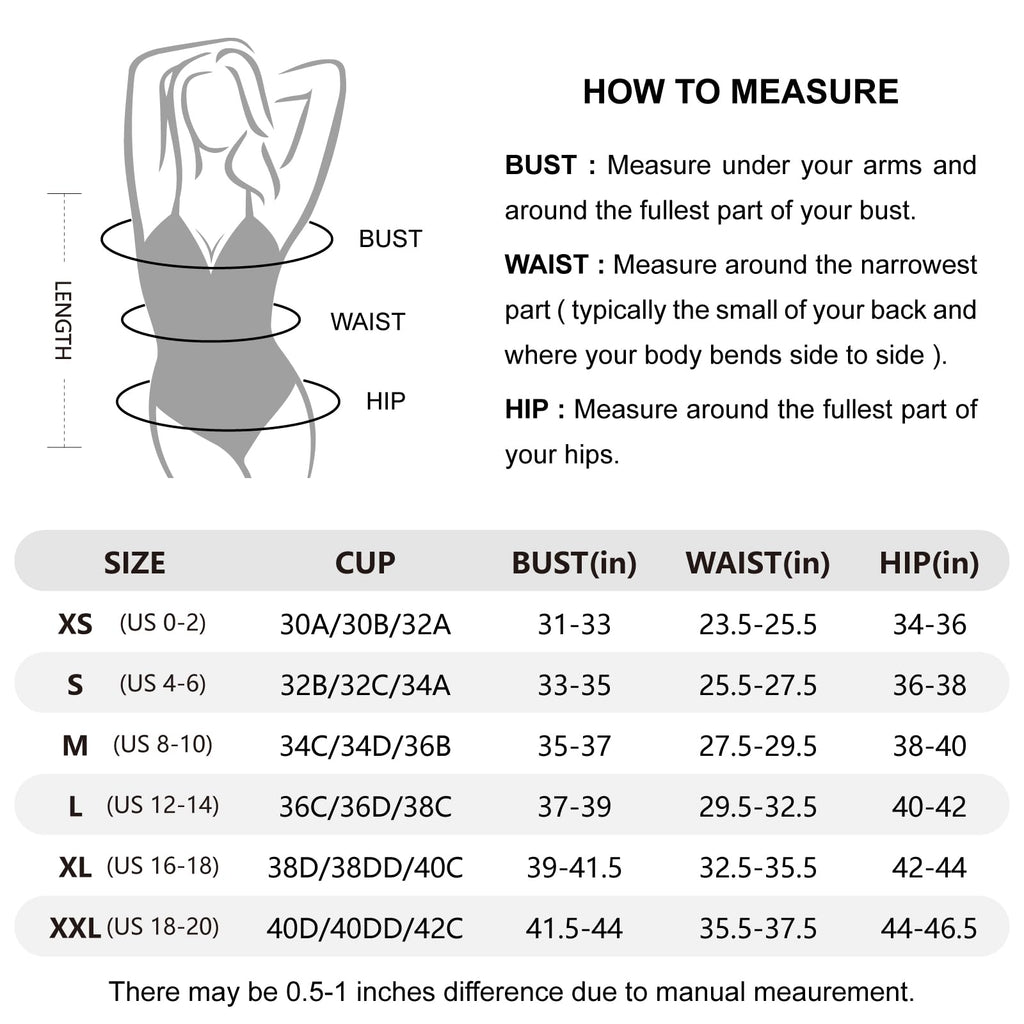The Evolution of Surfing Wetsuits
Wetsuits are an essential piece of surfing gear that has undergone significant changes over the years. The evolution of wetsuits has been driven by the need to make them more comfortable, durable, and efficient. Here is a brief history of the evolution of surfing wetsuits.
Early Days
The first wetsuits were made of wool and had a low degree of insulation. They were also very heavy and bulky, making them uncomfortable to wear. In the 1950s, neoprene was introduced, which revolutionized the wetsuit industry.
Neoprene Era
Neoprene is a synthetic rubber that is flexible, durable, and resistant to water. It was discovered by DuPont in 1931, but it was not until the 1950s that it was used to make wetsuits. The first neoprene wetsuits were thick and cumbersome, but they provided better insulation and were more comfortable than wool suits.
Modern Wetsuits
In the 1960s, the first modern wetsuit was developed by Jack O'Neill. It had a zipper and was made of neoprene with a nylon lining. This design made the wetsuit more flexible, durable, and easier to put on and take off.
In the 1970s, the first full-body wetsuits were introduced, which provided better insulation and protected surfers from hypothermia. In the 1980s, wetsuits became more specialized, with the development of different styles for different water temperatures and surfing conditions. The introduction of sealed seams and improved neoprene materials also made wetsuits more efficient at keeping surfers warm and comfortable.
Eco-Friendly Wetsuits
As environmental concerns grew in the 21st century, wetsuit manufacturers began to develop eco-friendly wetsuits. These wetsuits are made from sustainable materials, such as recycled polyester and natural rubber, and are designed to reduce waste and carbon emissions.
Tech-Enhanced Wetsuits
With the advancement of technology, wetsuits are now being developed with enhanced features such as built-in heaters, GPS tracking, and impact-resistant materials. These features improve the functionality and safety of wetsuits, making them more efficient for surfers.
In conclusion, the evolution of surfing wetsuits has come a long way from the heavy and bulky wool suits of the past. With the introduction of neoprene, modern designs, and eco-friendly and tech-enhanced materials, wetsuits have become more comfortable, durable, and efficient. As technology and environmental concerns continue to grow, the future of wetsuits is exciting, and we can expect to see even more innovative designs and features in the years to come.
Early Days
The first wetsuits were made of wool and had a low degree of insulation. They were also very heavy and bulky, making them uncomfortable to wear. In the 1950s, neoprene was introduced, which revolutionized the wetsuit industry.
Neoprene Era
Neoprene is a synthetic rubber that is flexible, durable, and resistant to water. It was discovered by DuPont in 1931, but it was not until the 1950s that it was used to make wetsuits. The first neoprene wetsuits were thick and cumbersome, but they provided better insulation and were more comfortable than wool suits.
Modern Wetsuits
In the 1960s, the first modern wetsuit was developed by Jack O'Neill. It had a zipper and was made of neoprene with a nylon lining. This design made the wetsuit more flexible, durable, and easier to put on and take off.
In the 1970s, the first full-body wetsuits were introduced, which provided better insulation and protected surfers from hypothermia. In the 1980s, wetsuits became more specialized, with the development of different styles for different water temperatures and surfing conditions. The introduction of sealed seams and improved neoprene materials also made wetsuits more efficient at keeping surfers warm and comfortable.
Eco-Friendly Wetsuits
As environmental concerns grew in the 21st century, wetsuit manufacturers began to develop eco-friendly wetsuits. These wetsuits are made from sustainable materials, such as recycled polyester and natural rubber, and are designed to reduce waste and carbon emissions.
Tech-Enhanced Wetsuits
With the advancement of technology, wetsuits are now being developed with enhanced features such as built-in heaters, GPS tracking, and impact-resistant materials. These features improve the functionality and safety of wetsuits, making them more efficient for surfers.
In conclusion, the evolution of surfing wetsuits has come a long way from the heavy and bulky wool suits of the past. With the introduction of neoprene, modern designs, and eco-friendly and tech-enhanced materials, wetsuits have become more comfortable, durable, and efficient. As technology and environmental concerns continue to grow, the future of wetsuits is exciting, and we can expect to see even more innovative designs and features in the years to come.
















